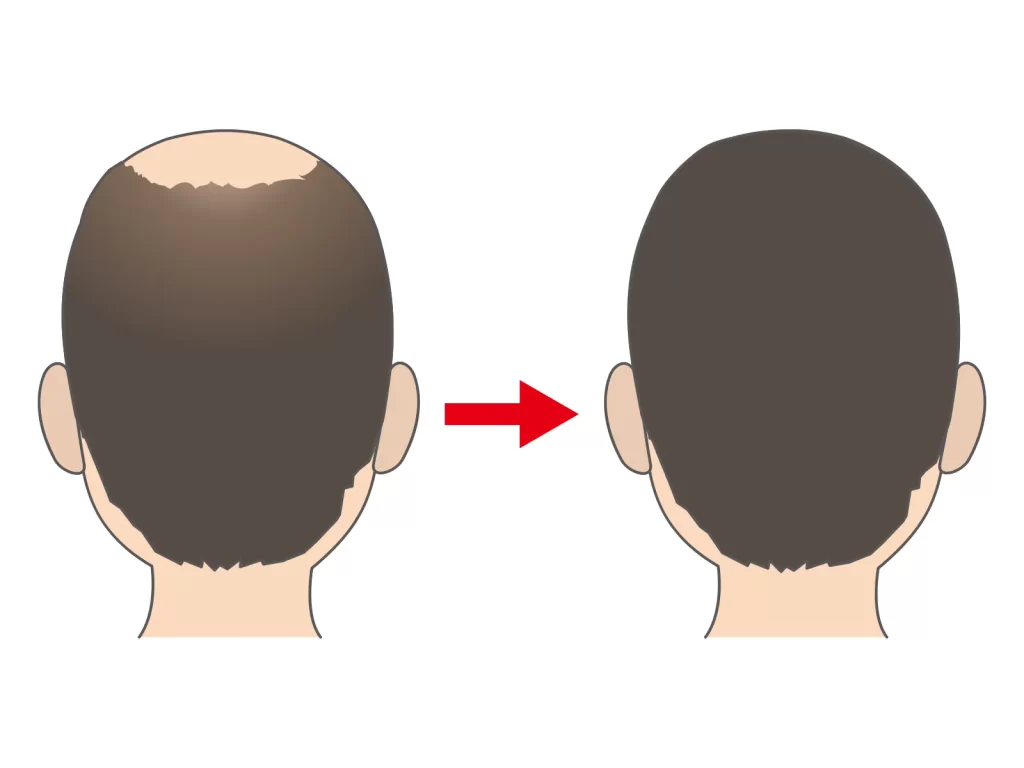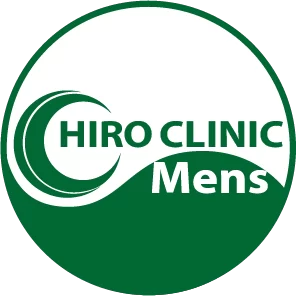
Natural Pro’s Goals
The Natural Pro hair transplant technique aims to minimize surgical intervention while achieving a natural appearance and a high success rate for transplantation. This approach shortens recovery time and minimizes the impact on daily life after the procedure.
Providing a Natural Result
- Utilizing the patient’s own hair to ensure the transplanted hair blends naturally with the original hair.
- Resolving concerns about thinning hair while helping patients regain their confidence.
Reducing Physical and Mental Stress
- The procedure is performed without scalpels, with minimal pain and minimal scarring.
- Shortens recovery time, enabling a faster return to daily activities.
Effective and Long-Term Treatment
- Using the patient’s own hair follicles reduces the risk of rejection, ensuring that the transplanted hair grows back naturally over the long term.
- Achieving high-density transplantation, even for extensive areas of thinning hair.
Personalized Solutions for Each Patient
- Offering both “Shave” and “Non-Shave” methods, allowing procedures to be tailored to the patient’s lifestyle and aesthetic preferences.
- Providing optimal planning based on the patient’s desired hairstyle and the extent of hair loss.
Natural Pro’s Requirements
To perform minimally invasive hair transplant techniques, certain requirements must be met. One example is the direct anatomical extraction method, which allows the harvesting of hair follicles with minimal invasiveness.
Advanced Techniques and Expertise
- Using specialized medical equipment and precise punch techniques for donor harvesting.
- Precise and efficient implantation techniques for the recipient area.
- Selection of tools and methods suitable for the condition of each patient’s scalp.
Thorough Pre-Consultation
- Detailed understanding of the patient’s family history of hair loss and hairstyle preferences.
- Creating an individualized treatment plan through measurements of donor area hair density and coverage.
Focus on Safety and Hygiene Management
- Prioritizing safety with pre-surgical blood tests and confirmation of anticoagulant medication usage.
- Minimizing infection risks through stringent hygiene protocols during and after the surgery.
Aftercare and Patient Guidance
- Providing detailed aftercare instructions (washing hair, exercise, sleeping posture, etc.).
- Regular follow-up to monitor progress after the procedure.
Transparency in Costs and Options
- Clearly outlining the cost structure to make the procedure more accessible to patients.
- Offering options such as FB Points to reduce the financial burden on patients.
Adapting to the Latest Technologies
- Continuously incorporating the latest research on hair transplant techniques and equipment to improve skill and technology.
- Differentiating from other clinics and establishing a unique identity.
Advantages of Natural Pro

The minimally invasive hair transplant technique offers many benefits to patients, including a shorter recovery time, minimized scarring, and a natural appearance. These advantages enhance patient satisfaction and improve the quality of life post-surgery.
- No scalpel required
- Possible even with stiff or low-mobility scalps
- Short recovery time
- No special care needed for the donor area
- Small, inconspicuous scars
- Minimal pain
- Allows for high-density transplantation with a natural result
- No need for follow-up visits
Natural Pro Process and Key Points

Pre-Surgery
Conditions in which a patient should not undergo surgery include:
- Health Issues
- Severe heart disease, diabetes, bleeding disorders, autoimmune diseases (e.g., alopecia areata), etc.
- Scalp and Hair Conditions
- Insufficient hair in the donor area, scalp inflammation or infections, severe progressive hair loss.
- Psychological Factors
- Unrealistic expectations, severe mental health issues (e.g., depression).
- Temporary Conditions
- Pregnancy, breastfeeding, use of anticoagulants, sunburn or skin damage.
- Lifestyle Factors
- Smoking or excessive alcohol consumption (which can decrease the success rate of the surgery).
If any of these apply, the surgery should be carefully considered.
Surgical Plan
As part of the surgical plan, the hairline for the transplanted hair will be set. The hairline is determined based on the patient’s facial shape and individual characteristics.
The surgical plan involves calculating the size and shape of the area to be transplanted. This includes assessing the recipient area’s shape and size, and determining the appropriate transplant area.
During the surgical planning process, the number of hair units or individual hairs to be harvested from the donor area is determined. This allows for an accurate calculation of the amount of transplant material needed.
The surgical plan calculates the number of grafts needed, taking into account the quantity and density of hair to be transplanted. This ensures that the necessary materials for the transplant surgery are properly prepared.
The surgical plan includes determining the diameter of the hair shaft to be transplanted. This ensures that the transplanted hair will have a natural appearance.
Surgical management considers various aspects of the procedure, including how the surgery is conducted in the operating room and ensuring the patient’s safety. Key factors include monitoring the patient during the procedure and maintaining cleanliness in the operating room.
Surgical Process

Before the surgery, explicit consent must be obtained from the patient. The physician will explain the risks, benefits, expected outcomes, and alternatives of the surgery to the patient, ensuring that the patient fully understands and agrees to the procedure. This ensures that the patient’s consent is properly obtained, and the surgery is ethically and legally appropriate.
In hair restoration surgery, pre- and post-surgery photographs are taken to document the patient’s condition and the results of the surgery. This allows for comparison and monitoring of the progress, enabling objective evaluation of the surgery’s effectiveness and outcomes.
During hair restoration surgery, the hair in the surgical area may be shaved completely or partially. This ensures adequate visibility and access to the surgical site, improving the efficiency of the procedure.
At the initial stage of the surgery, the skin in the surgical area is properly disinfected, and local anesthesia is administered. This ensures that the surgical area remains sterile and helps maintain patient comfort during the procedure.
Hair is surgically extracted from the donor area using techniques such as FUE (Follicular Unit Extraction). Healthy hair units are carefully selected for transplantation.
The harvested hair units are then placed into the recipient area. This improves the patient’s hair density and overall appearance.
Some patients may require adjunctive therapies following hair restoration surgery. These may include medications, light therapy, or other treatments designed to support hair growth and enhance the results of the surgery.


